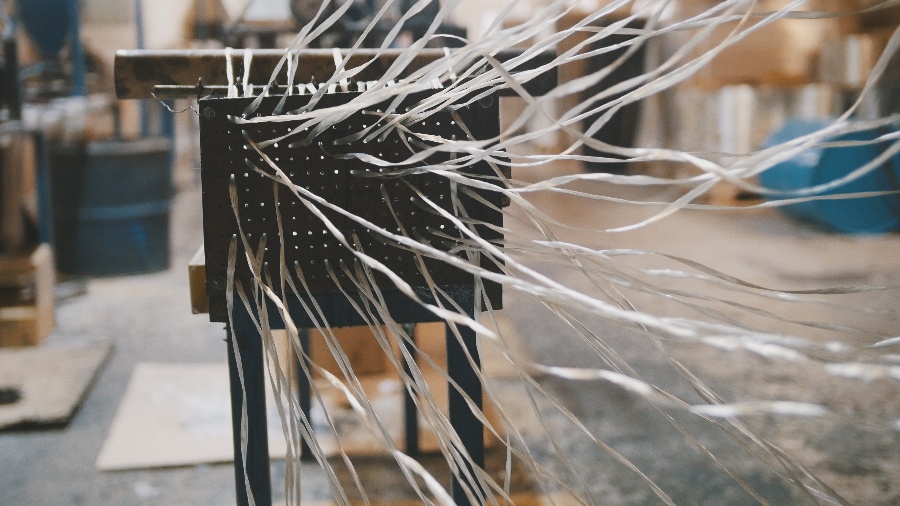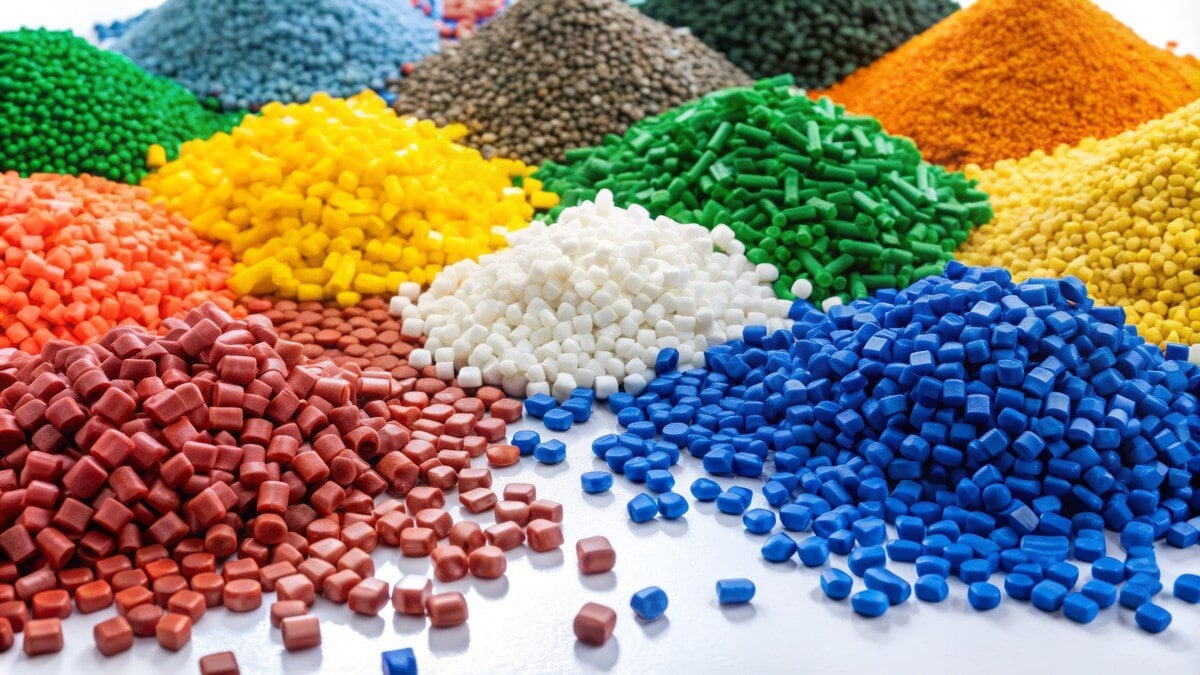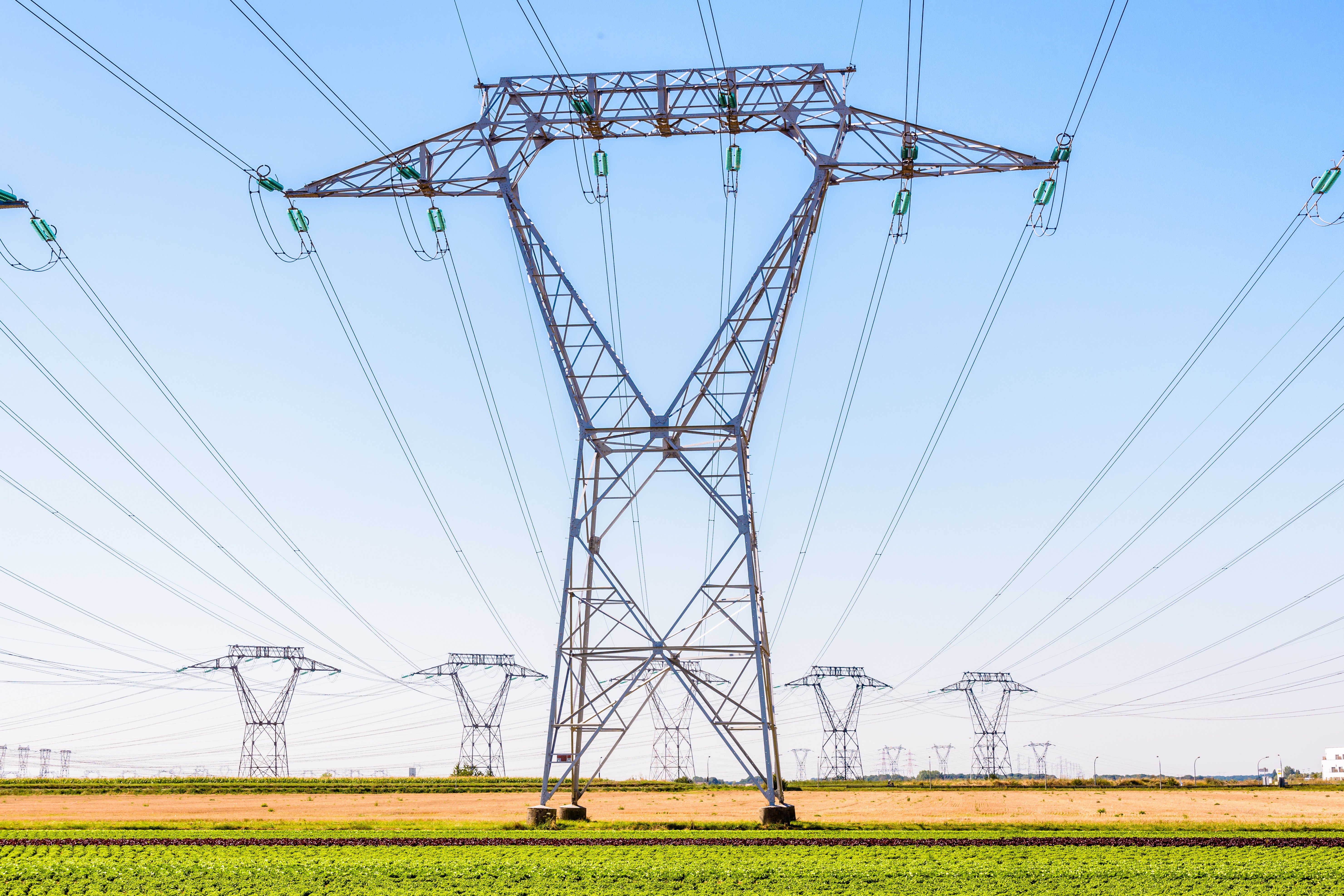
What are Fiber Reinforced Polymer (FRP) and Glass Reinforced Polymer (GRP) profiles and what are they best suited for?
FRPs comprise composite materials that have high strength fibers which are typically included in a polymer matrix. Their high strength and lightweight nature are useful in both commercial and engineering applications. Increasingly, they are increasingly used to replace traditional materials such as wood and metals such as steel, iron and aluminum.
Broadly speaking, GRPs are composites which fall under the category of fiberglass reinforced plastic (FRP). GRPs use polyester, epoxy, or vinyl as a polymer and are made out of glass fibers, used mainly for commercial applications that include the manufacture of boats, bathtubs, and gliders.
Sometimes, manufacturers may use one of the terms below:
- Fiberglass Composite
- Glass-Reinforced Plastic (GRP)
- Fiber-Reinforced Plastic (FRP)
These names refer to virtually the same thing: a composite using two materials ─ fiber and resin. The fiber provides reinforcement, while the resin provides the body — in technical terms, the matrix — necessary components to give the product shape.
In this post, we look at the increasing popularity of FRPs and GRPs and the applications they are most suited for.
FRPs are a composite of materials that consist of a polymer matrix blended with a reinforcing material such as fiber. In general, the fibers can either be fiberglass, aramid, basalt, or carbon, with paper or asbestos. The resulting products are typically semirigid plastic products.
Meanwhile, although most fiberglass structural components are manufactured by the pultrusion process, fiberglass may also be manufactured by means of compression molding, resin transfer molding, open-mold sprayup, and casting.
This is why pultrusion-based manufacturers often make a point of referring to the products they make specifically as pultruded fiberglass, in order to avoid confusion with fiberglass produced by other methods.
What Is Resin Made Of?
The type of resin varies from one type of FRP to another. Historically, the types of resin have been used in fiberglass pultrusion include:
- Polyester
- Polyurethane
- Epoxy
- Vinyl Ester
Polyester remains the most widely utilized resin and offers a great overall blend of properties. Advantages include being relatively low cost, easy to process, fast to cure, and relatively strong.
Vinyl ester can be more expensive than polyester, but results in a more durable FRP composite. For the most part, vinyl ester has a molecular structure much like that of polyester. The difference is that vinyl ester contains fewer ester groups. The composite is therefore more resistant to water and chemical corrosion.
Meanwhile, epoxy-based fiberglass have characteristics with even greater durability, strength, and chemical resistance. In addition, epoxy increases the fiberglass' resistance to high temperatures. That said, epoxy has more complex processing needs, and also tends to have a more expensive material cost.
Recently, many pultruded fiberglass manufacturers have started using polyurethane resin, which have performance characteristics of polyurethane second to none. Polyurethane outperforms other resin types in terms of strength, toughness, heat resistance, ultraviolet light, and environmental factors.
The use of pultruded products have revolutionized multiple industries. From being heat-resistant to being lightweight, they are ideal substitutes for traditional construction material. Currently, pultruded fiberglass has advantages that make it one of the strongest, most durable, and cost-effective building materials.
For example, it can be said that common materials such as concrete, steel, and aluminum all exhibit significant inhibiting effects when it comes to electromagnetic waves. To put it simply, any material that is either magnetic or electrically conductive will block or distort a significant amount of the wireless signals it encounters.
Fortunately, fiberglass is neither magnetic nor electrically conductive. This makes fiberglass suitable for the telecommunications industry as it is transparent to radio waves, cellular frequencies, and other forms of electromagnetic signals.
In fact, fiberglass has become the go-to material when it comes to erecting cell tower screens. Increasingly, they are used to provide protective coverings for antennas and other telecommunications equipment.
Advantages of Fiberglass
Fiberglass is an attractive replacement for metal. Depending on the application, fiberglass provides compelling advantages which include:
- High strength
- Corrosion resistant
- Light in weight
- Non conductive
- Electro-magnetic transparency
- Maintenance free
- Easy to transport and install
- Thermal stability
Diverse Applications
Pultruded products (FRP and GRP) are used in environments where strength plays a vital role. An example includes storage tanks which are required to be in contact with liquids of different kinds and store huge quantities without cracking or leaking.
Both FRP and GRP pipes are used in marine settings, refineries, sewage applications. Manufacturers are customizing profiles ─ color, shape, dimension, length ─ for use. This flexibility allows project managers to choose products depending on their needs.
For example, such pipes supply water for irrigation or hydroelectricity generation, and drain water for sewage.
Benefits
Control costs: FRP and GRP products are more sustainable than alternatives such as wood, aluminum, iron or steel. They last longer and require little to no maintenance.
Non conductive: Pultruded products can be non-conductive, resistant to weather elements, provide insulation, and are corrosion resistant.
Easy to transport: These are lightweight and are easy and cheaper to transport.
Growth Trends
Despite the economic impact of COVID-19, the demand for pultruded profiles is expected to stay strong. The Global Fiber Reinforced Polymer (FRP) Composites Market Report projects that by 2026, the global Fiber Reinforced Polymer (FRP) Composites market size will reach USD 198,710 Million. This is up from US$ 121,390 Million in 2020 at a compound annual growth rate (CAGR) of 8.6%.
In addition, the increasing popularity of GFRP composites in the automotive sector, increased demand for epoxy composite from the wind energy industry, and surge in end-use applications of fiber composites drive the growth of the global reinforced plastics market.
According to projections by Allied Market Research, concerns regarding recycling hinder market growth. However, high demand for GFRP composite pipes from emerging countries will create new opportunities in the coming years.
Customize Profiles
If you need customized FRP composite products, we can help. Get in touch with our experts to learn more today.















